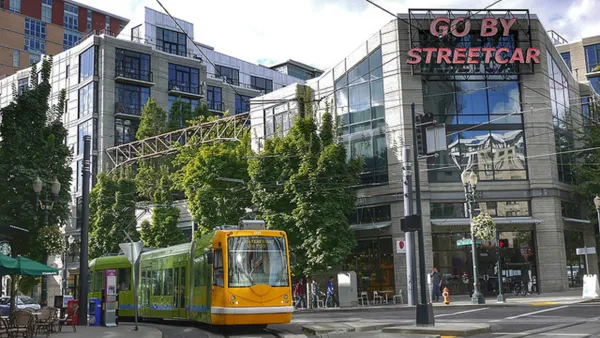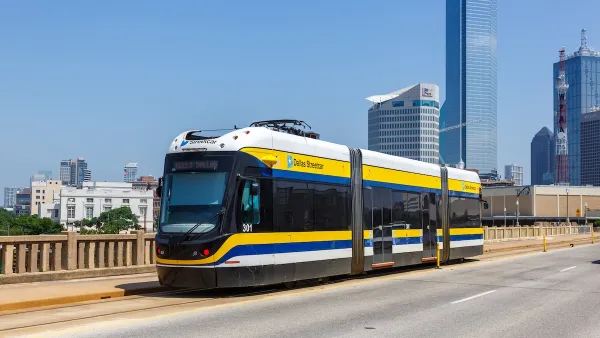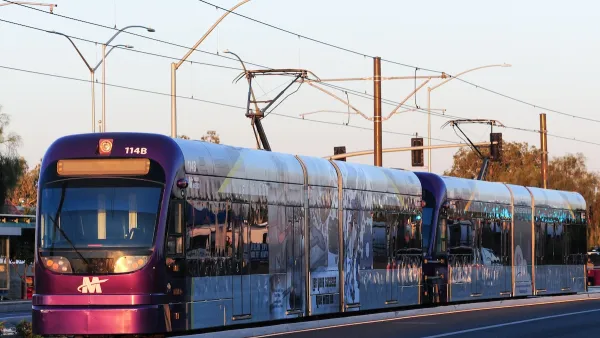The voters of Austin rejected a $1 billion transportation bond in 2014, but transit advocates and Capital Metro staff are already reorganizing to make a new pitch for transit in the quickly growing city.
"More than a year after voters turned down Austin’s $1 billion urban rail and roads bond, transit advocates, including Capital Metro planners, are hoping rail planning can gain steam," according to an article by Amy Denney.
In the meantime, there are still transportation construction and planning efforts underway in the city, including a Central Corridor study pursued by Capital Metro and a more speculative light rail project proposed by Scott Morris of the Central Austin Community Development corporation.
Denney details both of the planning proposals as potential selling points for another bond initiative. The Central Corridor study would "use the remaining $3 million in federal and local dollars from the previous bond election to start a new process for examining high-capacity transit, which includes rail, in the downtown area." The proposed light rail line "would run along Lamar, Guadalupe, East Riverside Drive and Pleasant Valley. Within a half-mile of the route 136,450 people would be served as well as 171,206 jobs."
FULL STORY: Capital Metro, transit advocates aim to gain momentum on rail planning

National Parks Layoffs Will Cause Communities to Lose Billions
Thousands of essential park workers were laid off this week, just before the busy spring break season.

Retro-silient?: America’s First “Eco-burb,” The Woodlands Turns 50
A master-planned community north of Houston offers lessons on green infrastructure and resilient design, but falls short of its founder’s lofty affordability and walkability goals.

Delivering for America Plan Will Downgrade Mail Service in at Least 49.5 Percent of Zip Codes
Republican and Democrat lawmakers criticize the plan for its disproportionate negative impact on rural communities.

Test News Post 1
This is a summary

Test News Headline 46
Test for the image on the front page.

Balancing Bombs and Butterflies: How the National Guard Protects a Rare Species
The National Guard at Fort Indiantown Gap uses GIS technology and land management strategies to balance military training with conservation efforts, ensuring the survival of the rare eastern regal fritillary butterfly.
Urban Design for Planners 1: Software Tools
This six-course series explores essential urban design concepts using open source software and equips planners with the tools they need to participate fully in the urban design process.
Planning for Universal Design
Learn the tools for implementing Universal Design in planning regulations.
EMC Planning Group, Inc.
Planetizen
Planetizen
Mpact (formerly Rail~Volution)
Great Falls Development Authority, Inc.
HUDs Office of Policy Development and Research
NYU Wagner Graduate School of Public Service





























